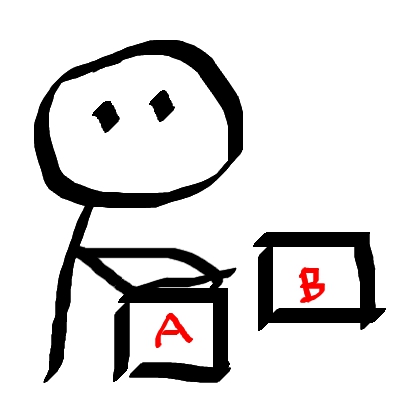Making knowledge: Starting by making choices

I’ve just started on a new project, which falls into the realm of digital humanities. I hope I’ll get a chance to discuss the specifics a bit more in this space, but for now, let’s consider the ways we “make” knowledge – particularly in the digital space.
Some examples of knowledge building in the digital realm include:
- the collaborative process of editing on Wikipedia
- educational institutions and crowdsourcing information about unidentified women scientists, as with the Smithsonian Institution Archives http://siarchives.si.edu/blog/annual-call-help-identifying-women-scientists
- the ways fans of tv dramas on social media platforms share/reblog/retweet, discuss, and debate plot and pieces of news, then reference relevant pieces of information to create an “accepted” group understanding – such as an important event, a character’s motivations, screenwriter and actor/tresses decisions and more
- and even tagging posts on Tumblr and Twitter to first organize information and secondly, make that information more easily identified by others using searching tools and services
Keep these examples in mind as I reflect on several steps in “making knowledge” in the online realm and please join in with your own examples below. This will be a three-part chat.
Three starting steps for making knowledge cropped up repeatedly in the discussion and introductions the other week. It would be fair to say my day was marked by a wider sense of “making knowledge” through: CHOOSING (Selecting), CATEGORIZING, CREATING
CHOOSING: Selections, Choices, and What’s left behind
The process of making choices—choosing, defining, selecting—is one way in which we craft knowledge. I’ve purposefully called this a process, rather than an act, because several steps are included before and after the choice is made.*
Making choices suggests defining one thing as more appropriate, accurate, desirable, or sanctioned than another thing. With each choice, existing structures of knowledge are called upon to help the person making delineations. Each person is, of course, a product of their experiences, systems of education, and other socially defined identifications. That’s a lot to play into the choice of what to include as valuable and prioritizing pieces of information. This process as an educational approach is sometimes known as “scaffolding.”
The effects of choosing pieces from a body of data include creating hierarchies by ranking i.e. an understanding that what is left out is not (as) important as what is included and loss of alternative interpretations or perspectives. Very clear examples of these effects can be seen in the kinds of history textbooks I read in middle school. History as a socially-constructed account of political, economic, social, and cultural interactions is predominately crafted by the groups of people who were literate (this qualification being defined and prevalent with power and higher social status) and with resources to capture and archive their materials. As I transitioned into high school, our textbooks used “windows” approaches, which attempted to mitigate the perspectives that excluded alternative versions of history by the choices made in building the accepted historical record.
In institutional settings, what happens when you start to make choices regarding the kinds of information and which content is most important? How do discrete pieces of information come together, especially when everyone is “joining the conversation,” – and how are they deemed useful and then used? These are the next questions we should consider in the daily practices of making knowledge.
Still to follow: categorization and thinking about bringing these steps together to create knowledge
*Did you see what I did there? I DEFINED what “making choices” is – suggested it is more complex and potentially better than an action because it is a series of interrelated and negotiated actions (so I made a hierarchy of steps). Therefore, through the combined use of language, selecting components to define and include and leaving out other steps or conditions (such as the chemical or neurological processes involved in choice-making), I have created a specific piece of knowledge!
Image credit: By Obsidian Soul (Own work) [CC-BY-SA-3.0 (http://creativecommons.org/licenses/by-sa/3.0)], via Wikimedia Commons and available here
